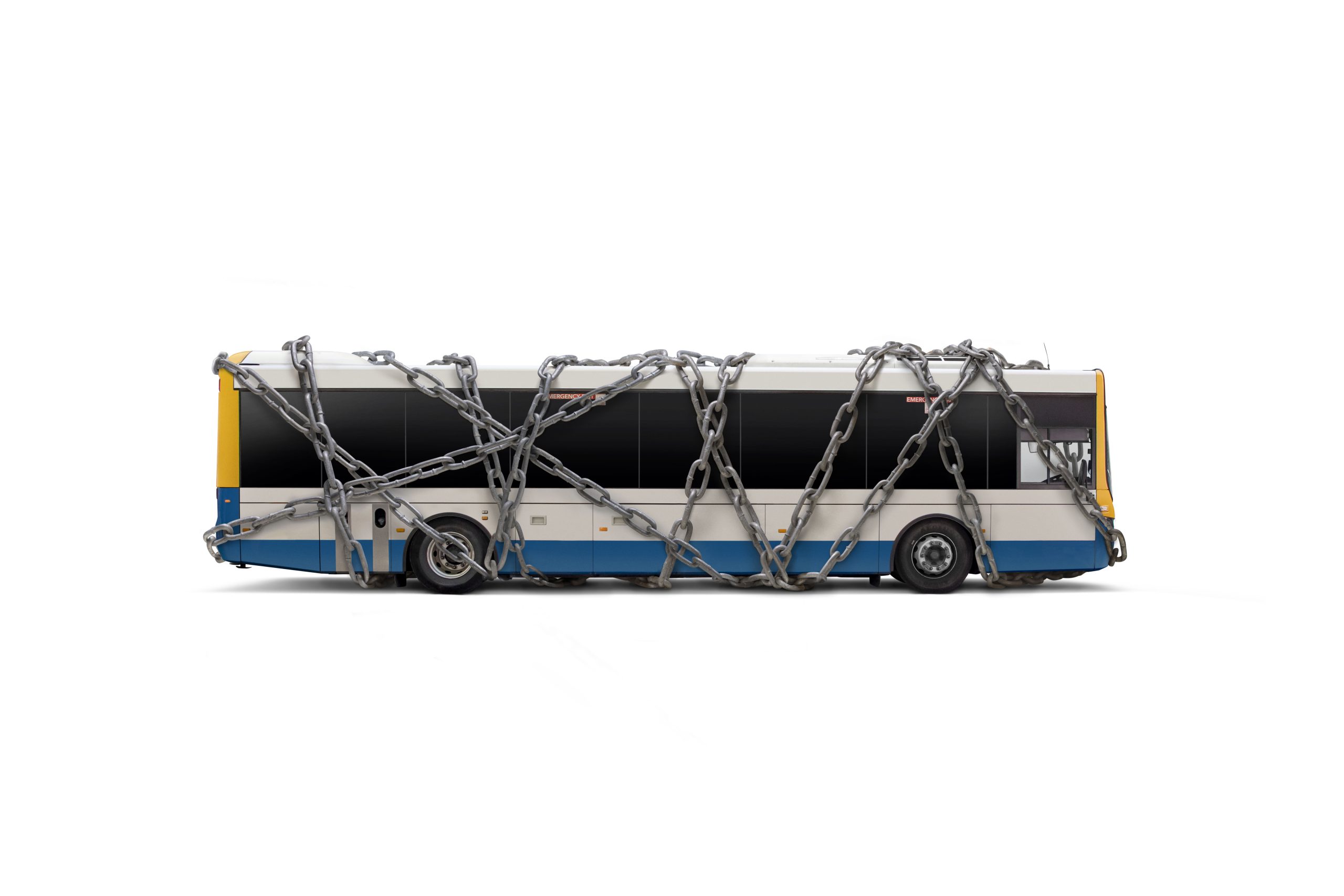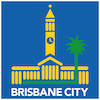
Back our buses Brisbane
The viability of Brisbane’s bus network is under threat from a decade of chronic under-investment by the State Government.
Brisbane is growing quickly and unfortunately the State Government’s under-investment in Brisbane’s bus network is making congestion even worse.
The State pockets every cent commuters pay for their bus trip, yet State funding has failed to keep pace with the cost of delivering these services.
The State Government is bludging off Brisbane residents and it’s earned us the shameful title of the only capital city in the country where public transport has gone backwards.
For years, Council has propped up funding for Brisbane buses, plus we’re delivering Brisbane Metro to add more frequent services and more capacity.
Without additional State funding to boost buses even further, there is a real risk 50 cent fares will bring the whole house of cards tumbling down.
We’ve put a transformative proposal for Brisbane’s public transport network on the table to deliver more services to more places more often.
We’re simply asking the State Government for a better deal to keep Brisbane moving.
Brisbane commuters could face fewer services, longer waits and worsening congestion unless the State Government ends the funding gridlock and invests in better buses.
Brisbane already has 82,000 fewer bus services than a decade ago because the State Government has failed to provide growth funding while continuing to pocket 100 per cent of fare revenue.
This arrangement could mean Brisbane ratepayers fund the cost of building and operating the $1.55 billion Brisbane Metro while the State Government collects $25 million in anticipated fare revenue every year.
Council’s investment in public transport services has more than doubled over the past decade, however, the State’s under-investment could cause bus services to be further reduced and turn-up-and-go Brisbane Metro services delayed.
There is also a risk Brisbane’s bus network will not have enough capacity to meet the increased demand anticipated during the State Government’s trial of 50 cent fares from October.
The Schrinner Council has submitted a proposal to the State Government that would deliver:
- Tens of thousands of more services to more destinations more often.
- Regular network reviews to ensure service growth meets demand.
- Better connections between bus and rail services.
Brisbane buses move two-thirds of public transport users, yet they currently only receive one-third of State Government funding.
Brisbane is the only council in Queensland that helps subsidise public transport, with the Schrinner Council’s public and active transport spend representing more than 17 per cent of the city’s $4 billion Budget.
The State Government recently announced an initial $70 million plus an additional $24 million annually to grow Logan and Ipswich’s bus networks, however, it has been more than 10 years since the State Government provided growth funding for the State’s capital.
While the State Government fully funds bus services in Ipswich, Logan, Redlands, Gold Coast and Moreton Bay, in Brisbane they contribute just over 70 per cent.
State Government funding has increased in other parts of south east Queensland by an average 4.51 per cent per annum since 2017, however, funding for Brisbane’s bus services has only increased 2.77 per cent.
Meanwhile, the cost of delivering Brisbane’s bus services has increased by an average 5.69 per cent per annum since 2017.
Register your support for our buses at https://www.brisbane.qld.gov.au/traffic-and-transport/public-transport/buses/back-our-buses

